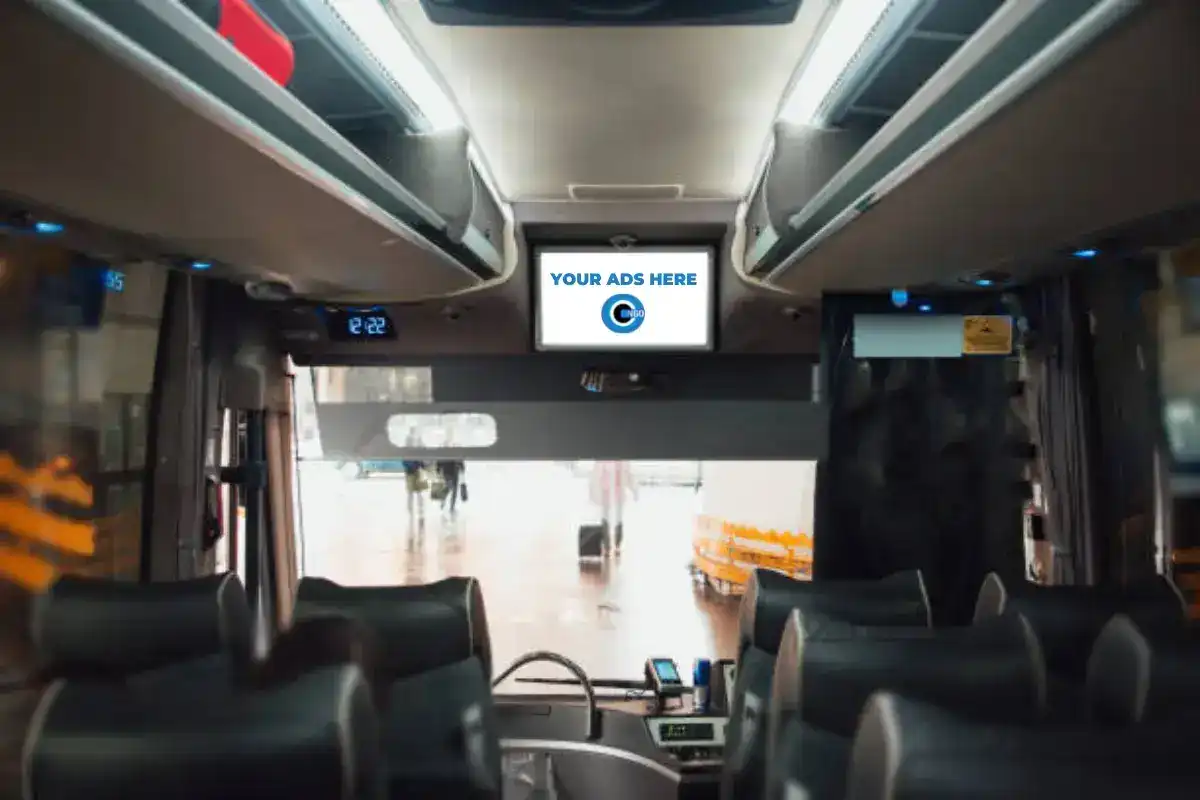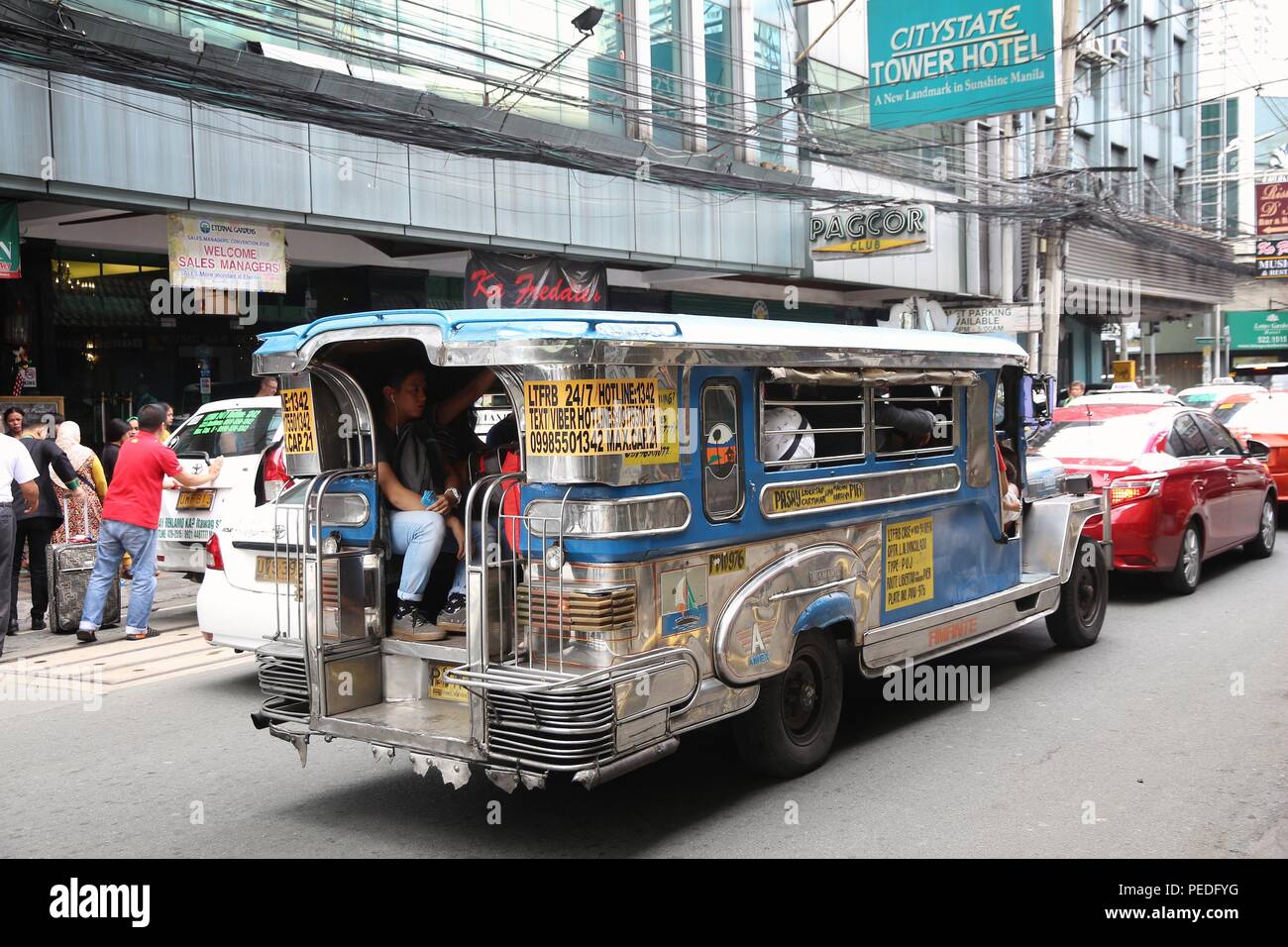Transit Advertising Philippines: Reach Thousands of Commuters Daily
Transit Advertising Philippines: Reach Thousands of Commuters Daily
Blog Article
Understanding the Duty of Transit Advertising And Marketing in Enhancing Brand Presence and Consumer Interaction
Transportation marketing has actually become a pivotal aspect in the advertising and marketing landscape, providing one-of-a-kind chances for brand names to raise their visibility and involve consumers efficiently. With the capacity to get to a diverse and restricted audience during their day-to-day commutes, these advertising methods are not merely regarding presence; they have to do with developing meaningful links with potential clients. As we check out the multifaceted advantages and innovative techniques within transit marketing, it comes to be necessary to consider exactly how these components jointly influence consumer perception and actions, increasing concerns regarding their lasting effect on brand name loyalty.
Meaning of Transportation Advertising
Transit marketing describes the method of advertising items, services, or brands through promotions positioned in and around public transportation systems. This type of marketing includes a variety of placements, including posters on buses and trains, electronic displays at transportation terminals, and covers on the outside of lorries. It intends to reach a diverse target market, taking advantage of the high foot traffic related to public transportation.
Transportation advertising and marketing is strategically positioned to capture the attention of travelers, who frequently invest substantial time traveling or waiting. By incorporating ads into the everyday routines of people, brands can create a long-term perception and foster brand acknowledgment. The medium is particularly reliable in metropolitan environments, where public transport is a main mode of travel.
In addition, transportation advertising and marketing can promote local targeting, allowing companies to reach particular demographics based upon transportation paths and terminal places. As urban populations expand and using public transportation rises, this advertising method has actually obtained importance as an important part of incorporated advertising and marketing strategies. The dynamic nature of transit marketing, integrated with its ability to involve consumers in a restricted atmosphere, emphasizes its value in modern advertising and marketing practices.
Advantages of Transit Advertising
The efficiency of transit marketing depends on its ability to supply a plethora of benefits to brand names looking for to boost presence and engagement. One of the main advantages is the considerable reach it offers; transportation advertisements can effectively target diverse demographics throughout city locations, reaching both pedestrians and travelers alike. This wide exposure dramatically increases brand name recognition.
Another advantage is the high regularity of impressions. As transportation vehicles follow well-known paths and stop at multiple locations, they produce recurring direct exposure that strengthens brand name messages. This regularity fosters familiarity, which is important in consumer decision-making.
Transit advertising is likewise cost-efficient contrasted to various other media systems. Provided its expansive reach and potential for high impressions, brands typically experience a lower expense per thousand impressions (CPM), maximizing their marketing budget plan.
Additionally, transportation advertisements can create a sense of community connection. By straightening with regional transit systems, brand names can reverberate with regional audiences and cultivate a sense of regional pride. This localized method enhances brand loyalty and involvement, making transportation advertising and marketing an engaging option for companies intending to solidify their visibility on the market.

Reliable Techniques for Transit Projects
To maximize the influence of transportation projects, brands must utilize critical preparation and implementation customized to their target market. Initially, recognizing the market attributes of the target market utilizing public transit is essential. This allows brands to produce customized messaging that resonates with possible consumers.
Following, choosing the best transportation mediums is important. Whether using bus covers, train posters, or electronic screens, each tool has special advantages that can boost exposure. For instance, vibrant visuals on bus covers can attract focus, while digital advertisements can be updated frequently to reflect prompt promotions.
In addition, integrating a natural branding technique throughout transit platforms makes sure consistency and enhances the brand's identity. Making use of distinctive layouts and unforgettable taglines will certainly enhance brand name recall amongst travelers.
Lastly, timing is a key element in carrying out effective transportation projects. Releasing projects throughout height traveling hours or neighborhood occasions can significantly increase visibility and engagement. By employing these strategies, brands can successfully harness the capacity of transit advertising, promoting greater recognition and link with their target market. Inevitably, a well-executed transportation campaign can drive substantial development in brand name exposure and customer involvement.

Determining Impact and Involvement
In reviewing the performance of transit ad campaign, precise measurement of influence and engagement is essential for brands seeking to maximize their advertising strategies. Metrics This Site such as reach, regularity, and impressions give foundational information to analyze presence. Evaluating these factors assists determine just how numerous possible customers are subjected to the advertisements throughout their daily commutes.
Interaction can be further assessed through consumer communications, such as site traffic, social media points out, and straight reactions to calls-to-action included in the advertisements. Using devices like QR codes or unique URLs can facilitate tracking of customer actions directly linked to transportation projects. Surveys and comments devices also function as beneficial methods to gather qualitative information on customer assumptions and recall of the promotion.
In addition, progressed analytics and attribution designs can associate transportation direct exposure with subsequent acquiring actions, supplying insights into the return on financial investment. By using a comprehensive method that combines qualitative and quantitative steps, brand names can create a nuanced understanding of their transportation advertising and marketing influence. Ultimately, this data-driven strategy enables brands to fine-tune their projects, guaranteeing they resonate successfully with target market and improve general brand name exposure.
Study of Successful Campaigns
Successful transit ad campaign serve as engaging instances of just how reliable approaches can boost brand name exposure and engagement. Transit Advertising Philippines. One notable case is the "I Love New york city" project, which changed the city's picture and attracted millions of visitors. By making use of subway ads, signboards, and bus covers, the campaign created a solid, natural brand identity, resulting in a considerable uptick in tourism and neighborhood service patronage
One more exemplary project is Coca-Cola's "Share a Coke" effort, which leveraged transit advertising and marketing to personalize the brand name experience. By including popular names on advertising products across numerous transit platforms, Coca-Cola fostered a much deeper emotional connection with imp source customers, encouraging them to share their experiences on social media sites.
Furthermore, the "Got Milk?" campaign properly used public transportation advertisements to get to a broad target market, reinforcing the message of the value of milk in a balanced diet regimen. The campaign saw a measurable increase in milk usage in target demographics.
These study illustrate that when implemented thoughtfully, transportation advertising can considerably enhance brand presence, foster consumer involvement, and drive measurable results, showing its important function in contemporary marketing methods. - Transit Advertising Philippines
Verdict
In final thought, transit marketing serves as a vital tool for boosting brand name presence and promoting customer interaction. Eventually, the capability to gauge engagement and evaluate successful case studies underscores the performance of transportation advertising and marketing in driving brand name loyalty and consumer interactions.
Transportation advertising and marketing has actually emerged as a pivotal element in the advertising and marketing landscape, supplying special chances for brands to elevate their presence and involve consumers successfully.Furthermore, transit advertising can promote localized targeting, allowing organizations to get to particular demographics based on transit paths and station locations.In reviewing the efficiency of transit advertising and marketing campaigns, exact dimension of impact and interaction is vital for brands looking for to optimize their advertising and marketing techniques.Effective transit advertising projects offer as engaging examples of exactly how effective methods can elevate brand name visibility and interaction.In final thought, transit advertising here and marketing serves as a crucial tool for improving brand name exposure and cultivating consumer engagement.
Report this page